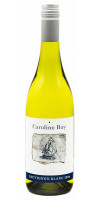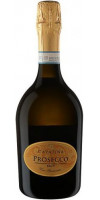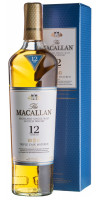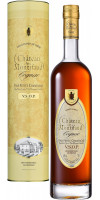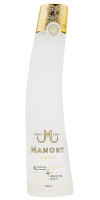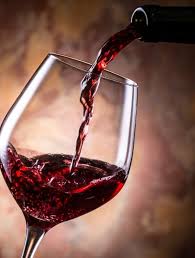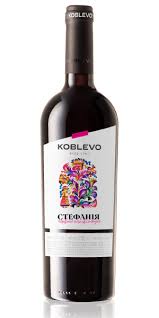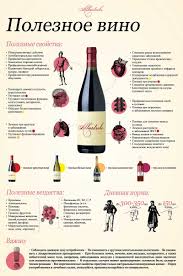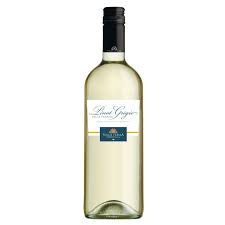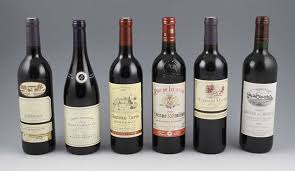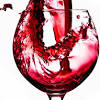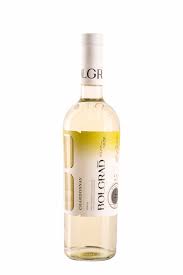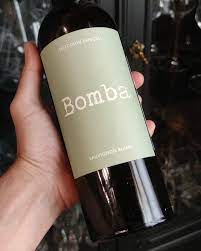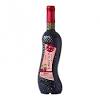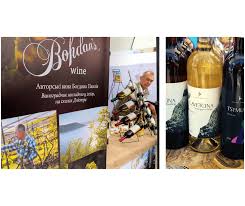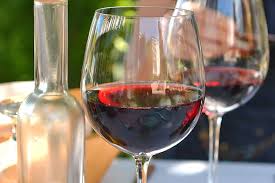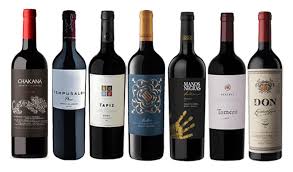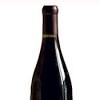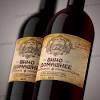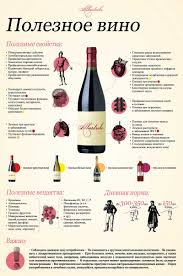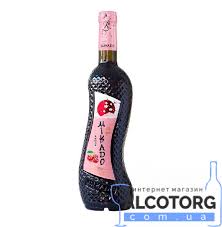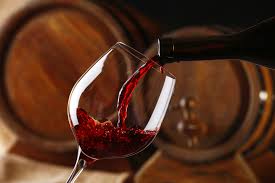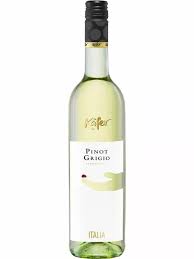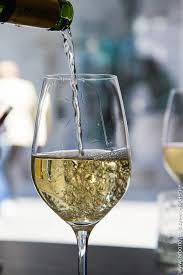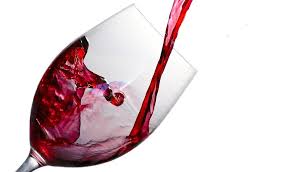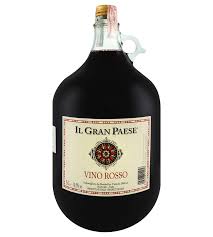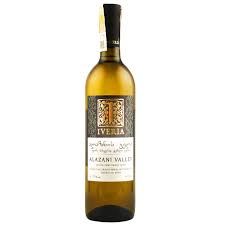
Спасибо за регистрацию в WineRow!
Вы будете уведомлены по электронной почте, как только Ваш Личный Кабинет будет активирован администрацией магазина.
Если у Вас есть какие-то вопросы, пожалуйста напишите нам.
Вы вышли из Личного Кабинета.
Ваша корзина покупок была сохранена. Она будет восстановлена при следующем входе в Ваш Личный Кабинет.
вине производители кгатеау маржоссе пиерре луртон сагар сугое
And this grape, which is important, was not imported by the Romans or Greeks, as in France or Germany. He was local and not wild but civilized. There is a wealth of archaeological and historical evidence for why. What's more, even before the Thracians, the people of Tripil knew how to make wine, and they, as is known, lived between the 5th and 3rd millennium BC. on the territory of modern Ukraine. So we are not Georgians, whose history of winemaking is about 8,000 years old. But we can say that when the ancestors of modern Germans or Frenchmen ran around the village with sticks to catch wild boar for dinner, our ancestors were already drinking wine in whitewashed houses. Which is very important. Because where there is a vineyard there is culture, there is no place for barbarism. Moving a bit to the southeast, to Podillia, which is adjacent to Halychyna, you can find an even greater variety of local grape varieties. Only in one Zalishchytskyi district, in the interwar period, were seven autochthonous grape varieties from which wine was made. One of these varieties is called Kamianets (derived from Kamianets-Podilskyi). This variety is famous for the fact that both dry and dessert wines can be made from it, and it is almost insensitive to frost and diseases. In addition, the peculiarity of this variety is its vulnerability to noble rot, which makes it possible to make wines in the Tokai style. In 1804, the Sudak School was founded, and in 1812, the Nikitsky Botanical Garden, which is associated with the development of viticulture and winemaking in Ukraine. At the Nikitsky Botanical Garden, a vine-production training and experimental demonstrative farm "Magarach" was organized, on the basis of which the Institute of Vine and Wine was created. In the Kherson province at the end of the 19th century, Prince Trubetskoy planted 200 acres of vine plantations on his estate in the village of Kazatskoye. At that time, several large vineyards and wineries were also created near Odessa and Nikolaev. In Odessa in 1905, V.E. Tairov organized a wine-making station (now the V.E. Tairov Institute of Viticulture and Winemaking).
По мне пьётся тяжело, наверное, надо разбавлять льдом или водой. ...
Дмитрий 07.01.2021
Лучший двенадцатилетний виски. Вкус мягкий, с приятной, не приторной сладостью. ...
Андрей 12.10.2022
Хорошее сбалансированное и зрелое вино с приятными нотами ванили и шоколада в бу ...
Маша 08.08.2022
Виски – крепкий алкогольный напиток с собственным характером. В составе присутствуют спирты ячменя, пшеницы или ржи. Производят также виски из кукурузы. Разнообразие видов и сортов огромное, так что в нем не трудно потеряться
ЧитатьСегодня в мире существует 4500 сортов красного вина, что предполагает невообразимое множество вкусов, ароматов и волшебное сочетание нот композиций
Каждый год 4 августа отмечают день рождения шампанского. В этот праздник принято открывать бутылку хорошего игристого и не спеша наслаждаться напитком
ЧитатьМясная гастрономия очень разнообразна. Она не только включает в себя виды основного продукта, но и сотни блюд
ЧитатьЧасто бывает, что в бутылке остается недопитое вино. Конечно, возникает логичная мысль – поставить его в холодильник, чтобы сохранить до следующего повода. Однако...
ЧитатьМногие любители крепких напитков уверены, что виски или скотч нужно пить без закуски, не перебивая вкус напитка продуктами.
Читать
